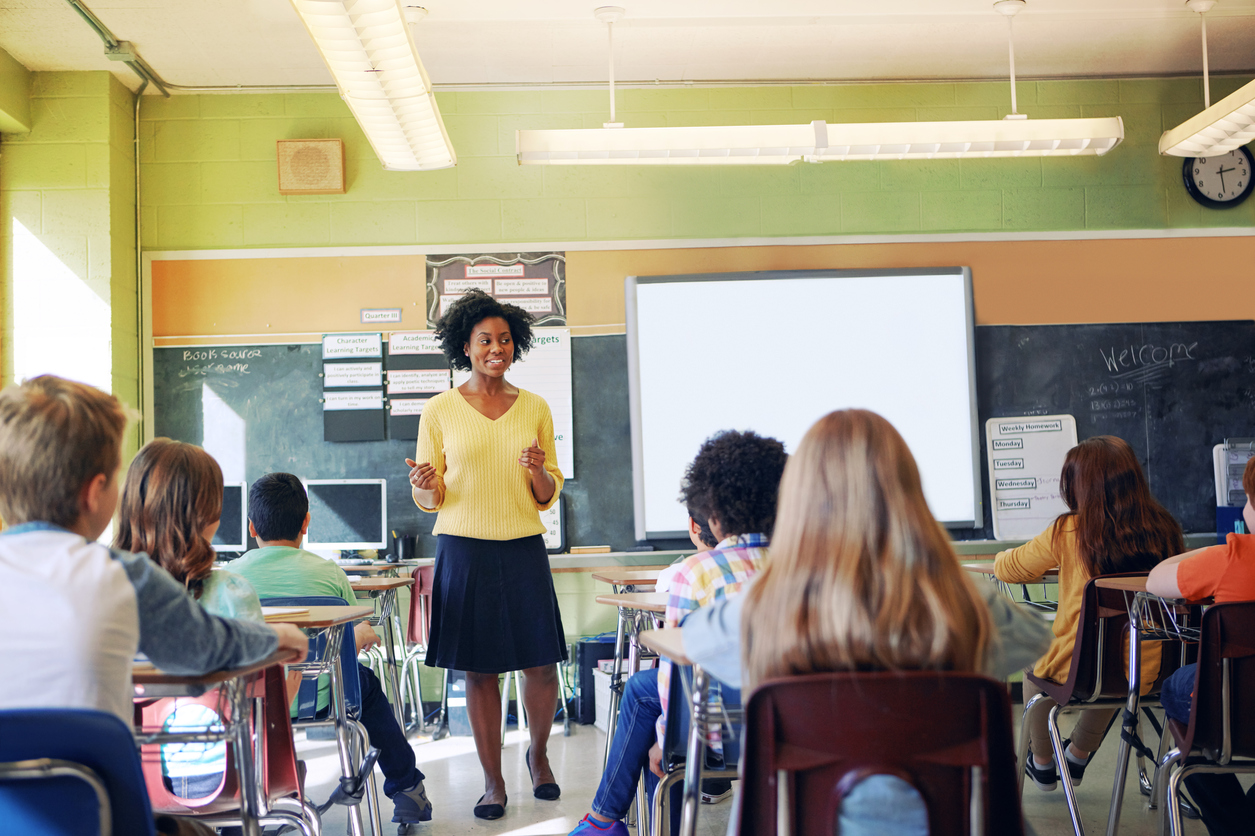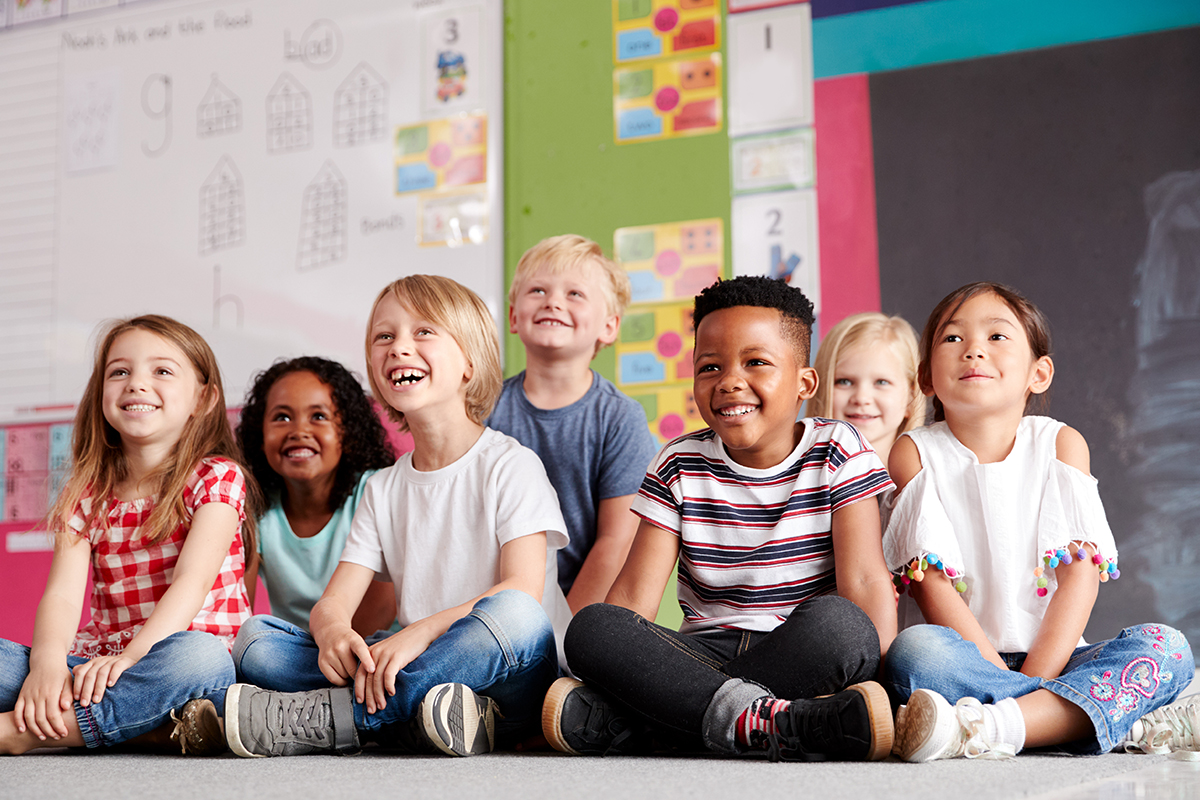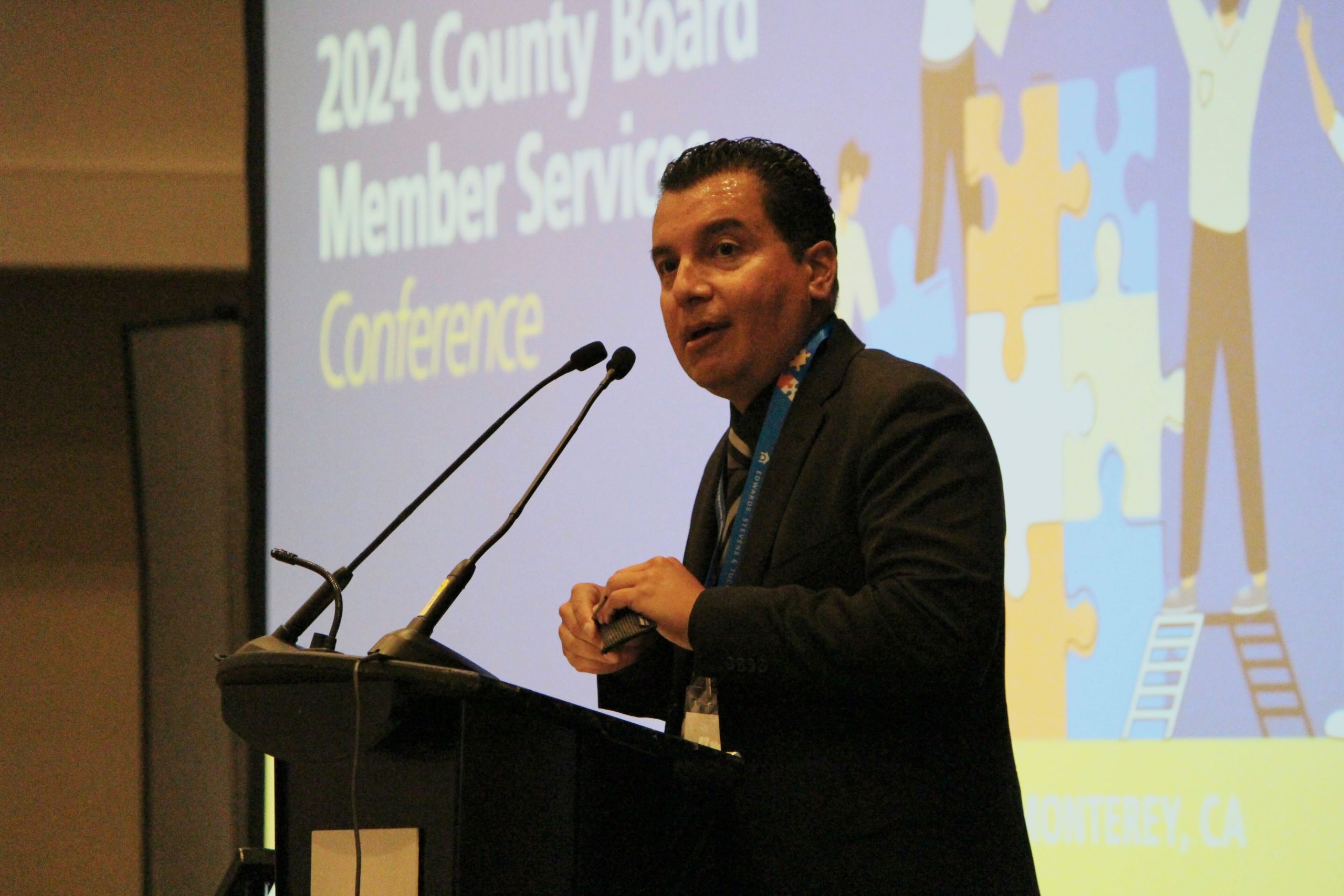As the nation’s schools begin a new academic year, a survey finds that most teachers say the majority of their students do not feel very safe at school. And to have the biggest impact on improving school safety, educators surveyed by the Education Week Research Center said none of their top three choices include “hardening” measures such as security cameras or police officers. Instead, all three focus on students’ social-emotional well-being and mental health.
Education Week’s 2019 Safety and Social-Emotional Learning national survey asked nearly 700 PreK-12 teachers nationwide a series of questions about the intersection between social-emotional learning, student mental health and school safety. “Overall, the survey identified a disconnect between the types of strategies that teachers most associate with safe learning environments and the approaches most frequently used by schools,” the results analysis reads.
The most frequent approach is the hardening of schools, a common response to school shootings and other incidents across the U.S. that materialize with a multitude of drills, safety products and infrastructure projects. Research firm IHS Markit projected U.S. education security revenue would be $3 billion in 2019, with about 60 percent generated by elementary and secondary schools. Against this backdrop, a fair amount of recent research has examined whether “hardening” by itself is the best approach to improve school safety and whether it could do more harm than good.
Sense of safety at school and improvement strategies
While only 10 percent of teachers surveyed perceive that their students feel unsafe at school, less than half (46 percent) say their students feel very safe on campus — 44 percent said they perceive their students feel somewhat safe. Differences are seen across grade levels. Just one in three middle school teachers say their students feel very safe at school as compared to more than half of their elementary peers.
Just more than half (54 percent) of the teachers surveyed said they feel very safe at school. Thirty-five percent said they feel somewhat safe, while 8 percent feel somewhat unsafe and 3 percent expressed that they feel very unsafe on campus.
Although teachers perceive that mental health resources and social-emotional learning are most likely to improve safety, the most common safety strategies used by schools are active shooter drills, or other evacuation, lockdown or shelter-in-place procedures. While 85 percent of teachers say their schools offer those type of emergency trainings, just 18 percent of respondents say it is one of the three measures most likely to improve school safety.
Instead, teachers’ top three areas to most impact school safety are: 1. Counselors, psychologists or other mental health professionals; 2. Social and emotional learning programs or strategies; and 3. Programs to help parents address students’ social and emotional challenges.
Eighty-three percent of teachers say using mental health resources is a common approach to improve school safety at their schools, but less than half report their schools use SEL-related strategies such as anti-bullying programs, strategies to improve sense of belonging or social-emotional learning programs.
To bridge some of this disconnect, nearly 80 percent of teachers say lawmakers should make schools safer by funding additional mental health resources; as compared to 33 percent who say legislators should focus on both hardening building security and implementing new restrictions on firearms purchases.
Other notable survey findings:
- Only one teacher said dealing with students’ mental health challenges is outside the scope of her professional role. Common teacher responses to student mental health issues include speaking with the child, making referrals to mental health professionals or seeking such professionals’ advice.
- About a quarter of surveyed teachers own guns. Although gun-owners are significantly more likely to support arming teachers, only 13 percent are in favor of this approach, as compared to 2 percent of non-gun owners.
Further CSBA resources:
- Governance and Policy Resources collection on Safe and Supportive School Environments
- Blog post: “New survey points to importance of social-emotional learning in student achievement”
- Blog post: “Latest national data: Cyberbullying is on the rise in schools”
- Blog post: “Report: Police officers outnumber health staff in schools by wide margin”





